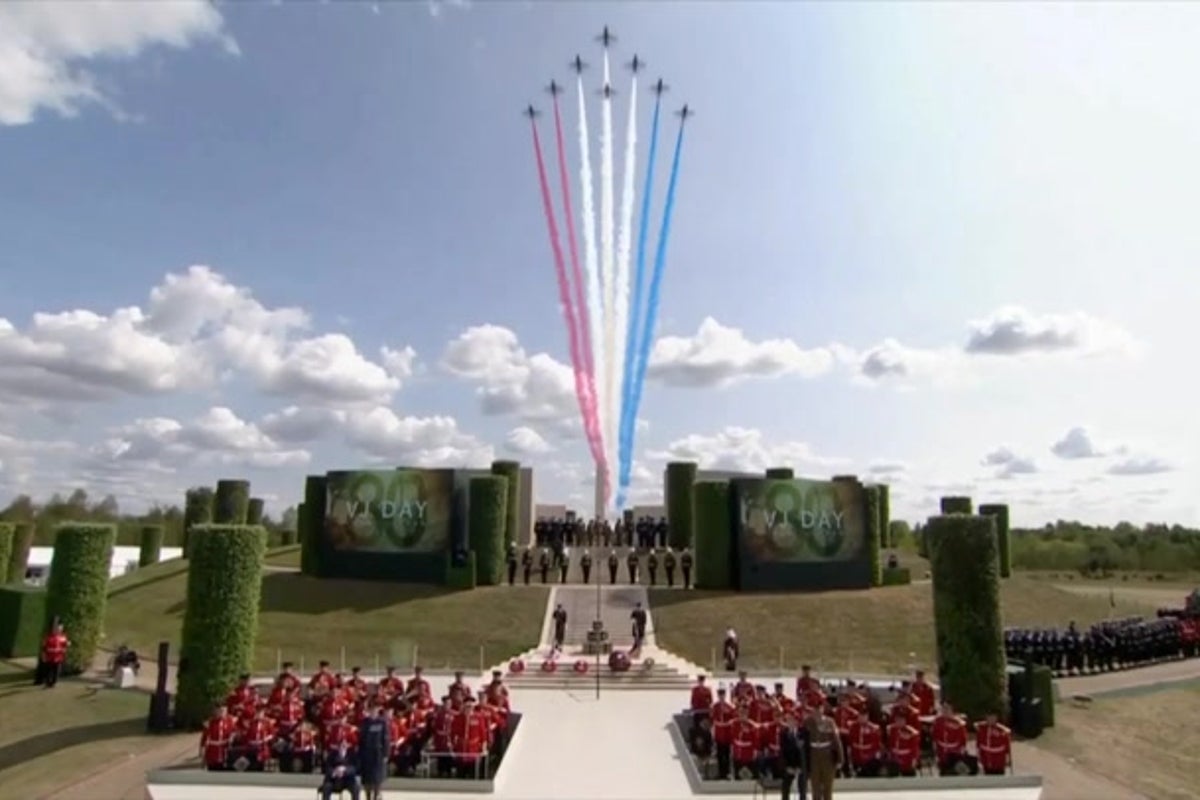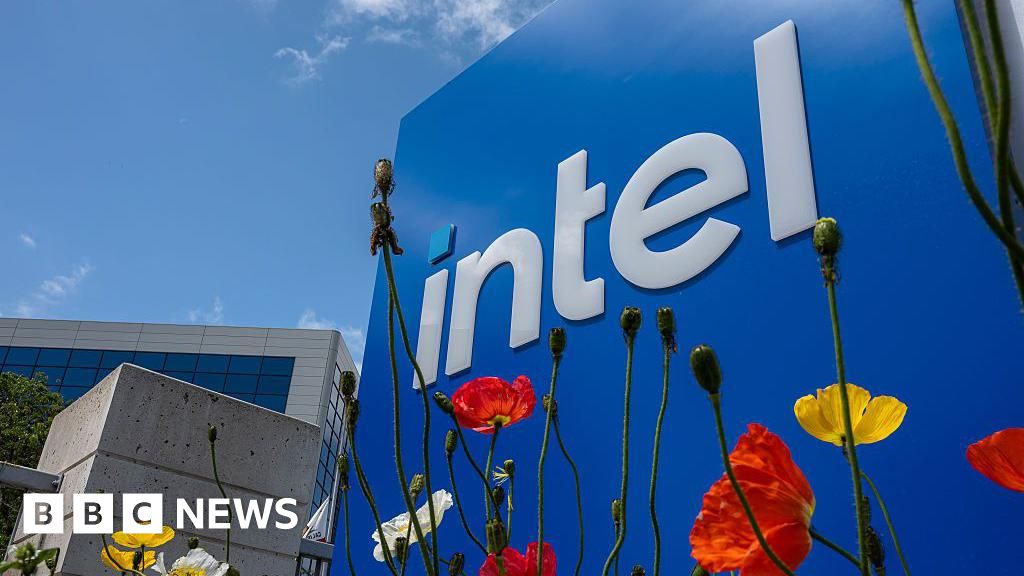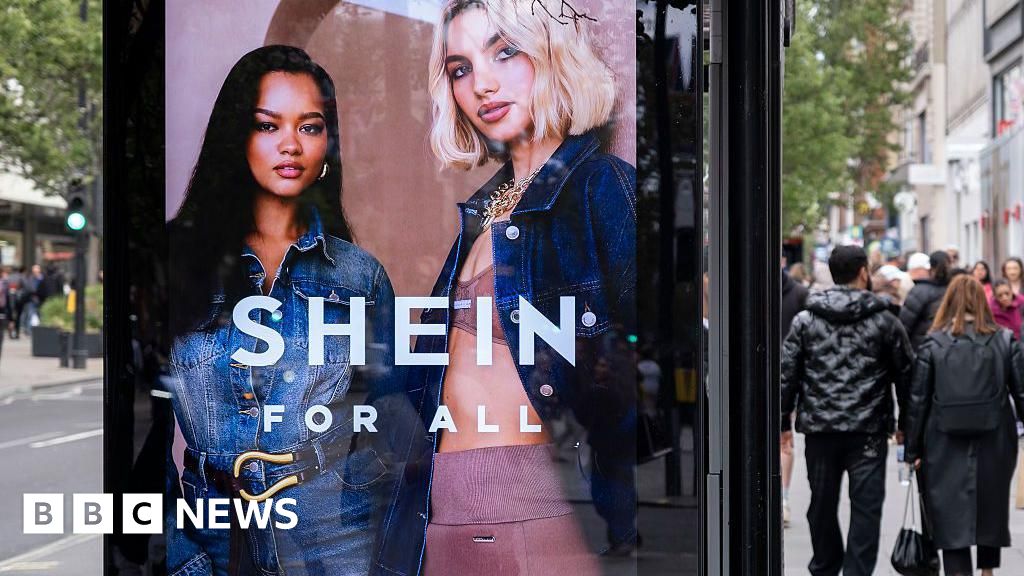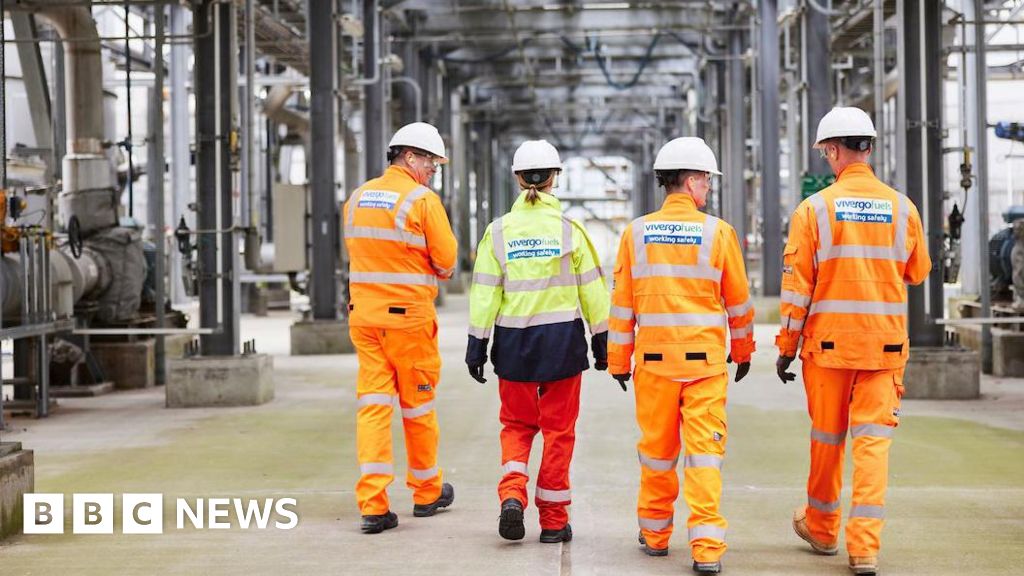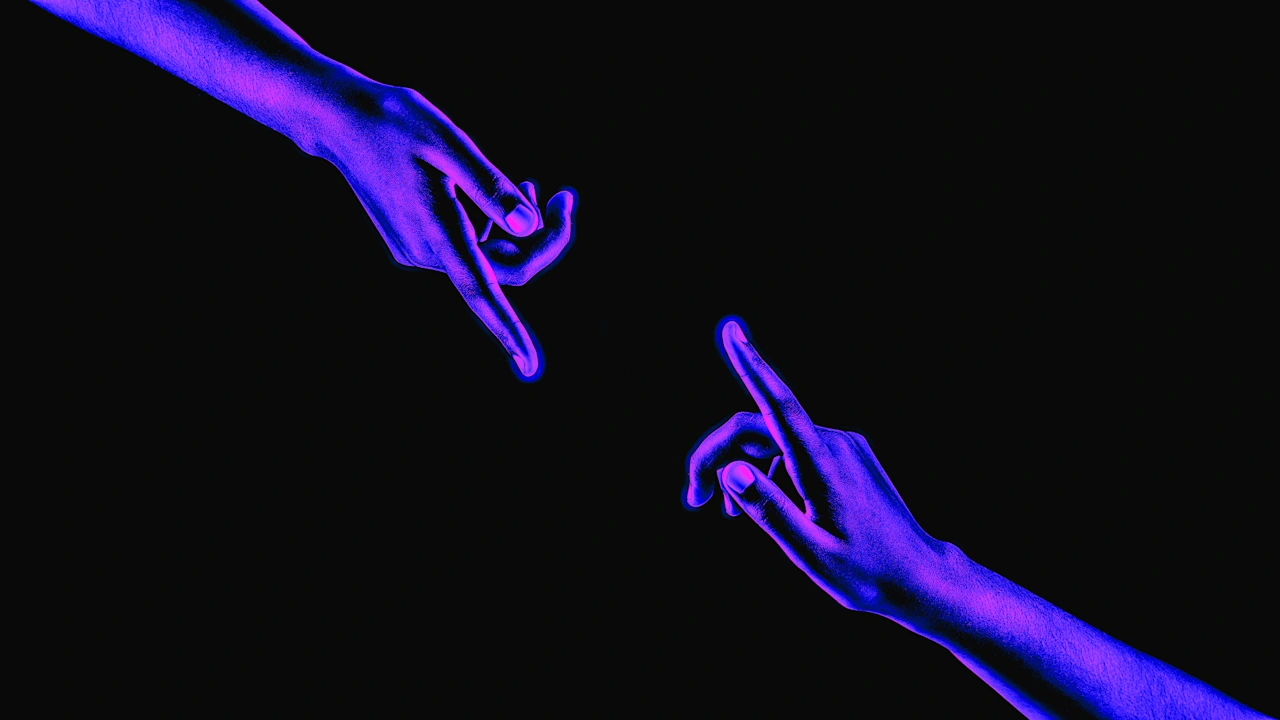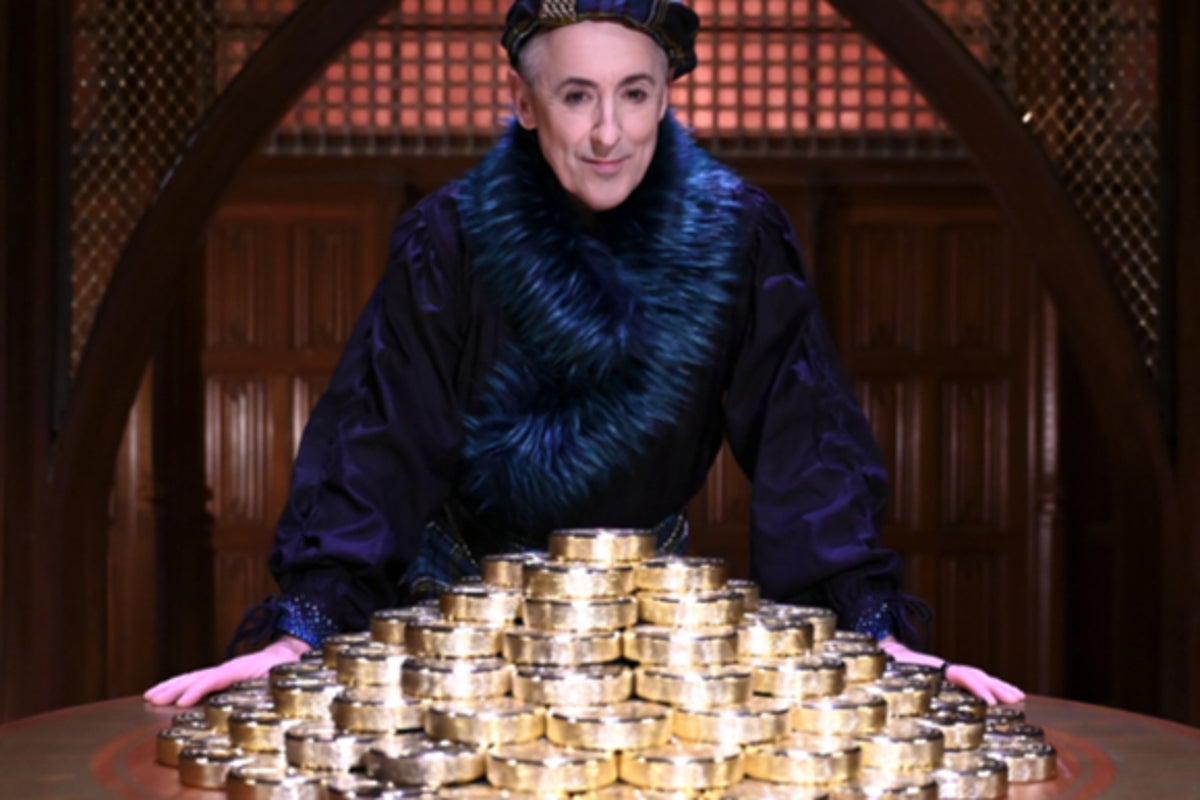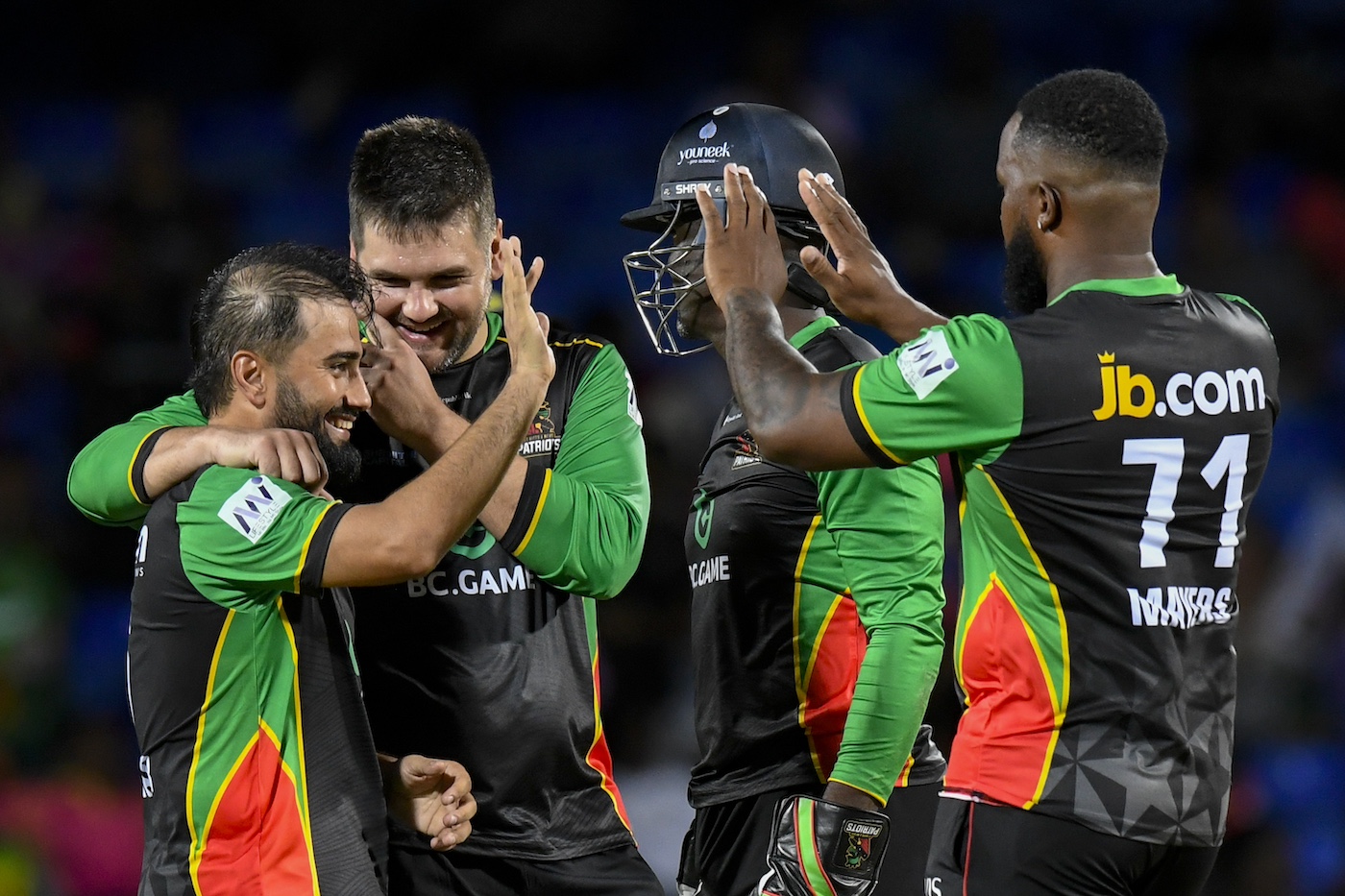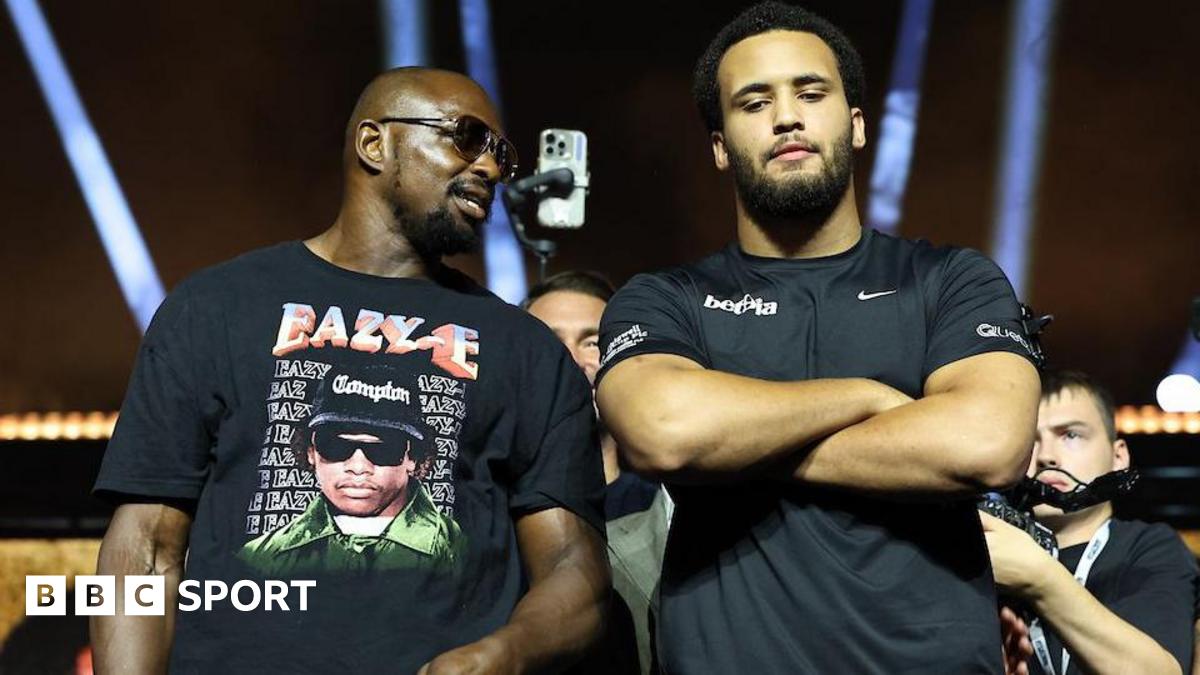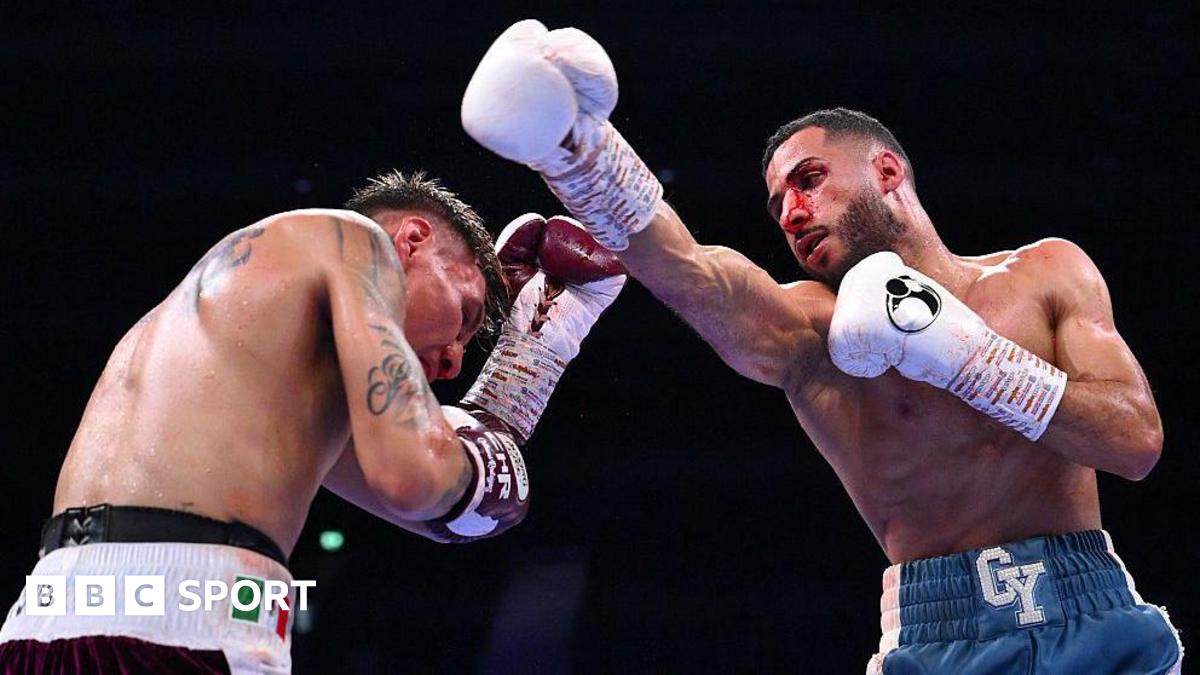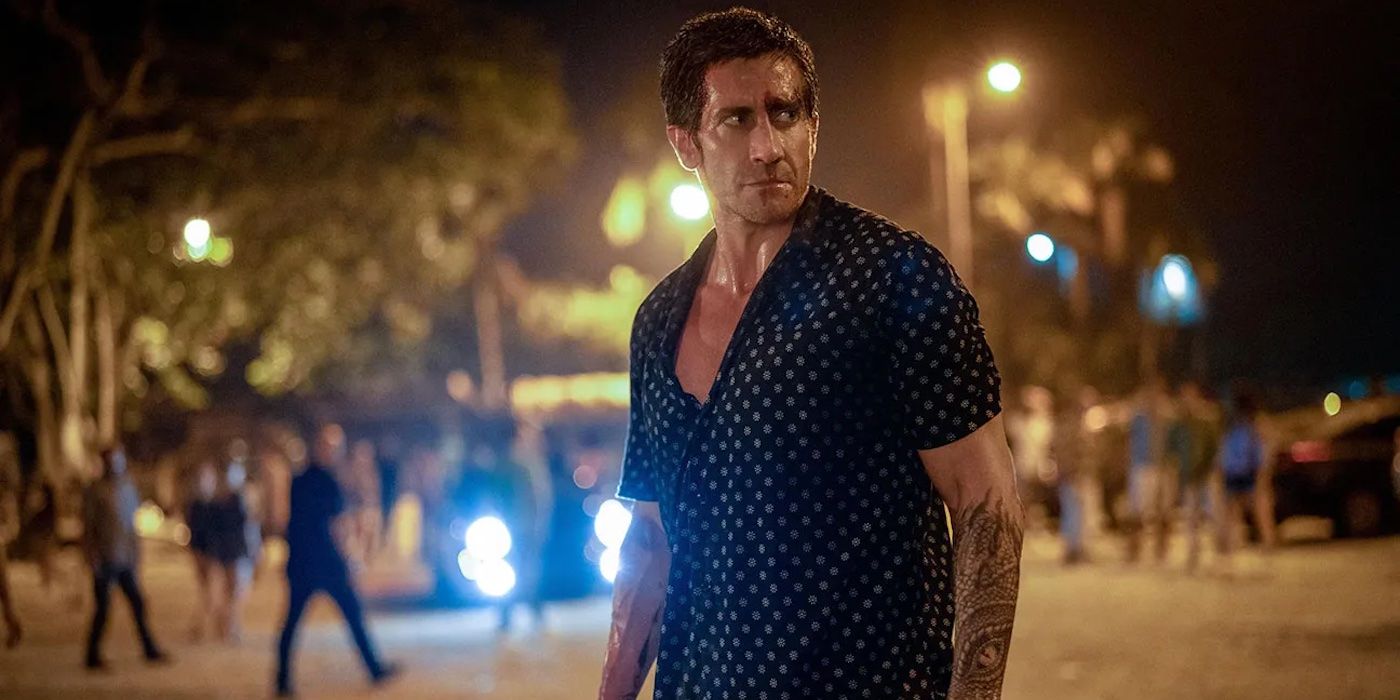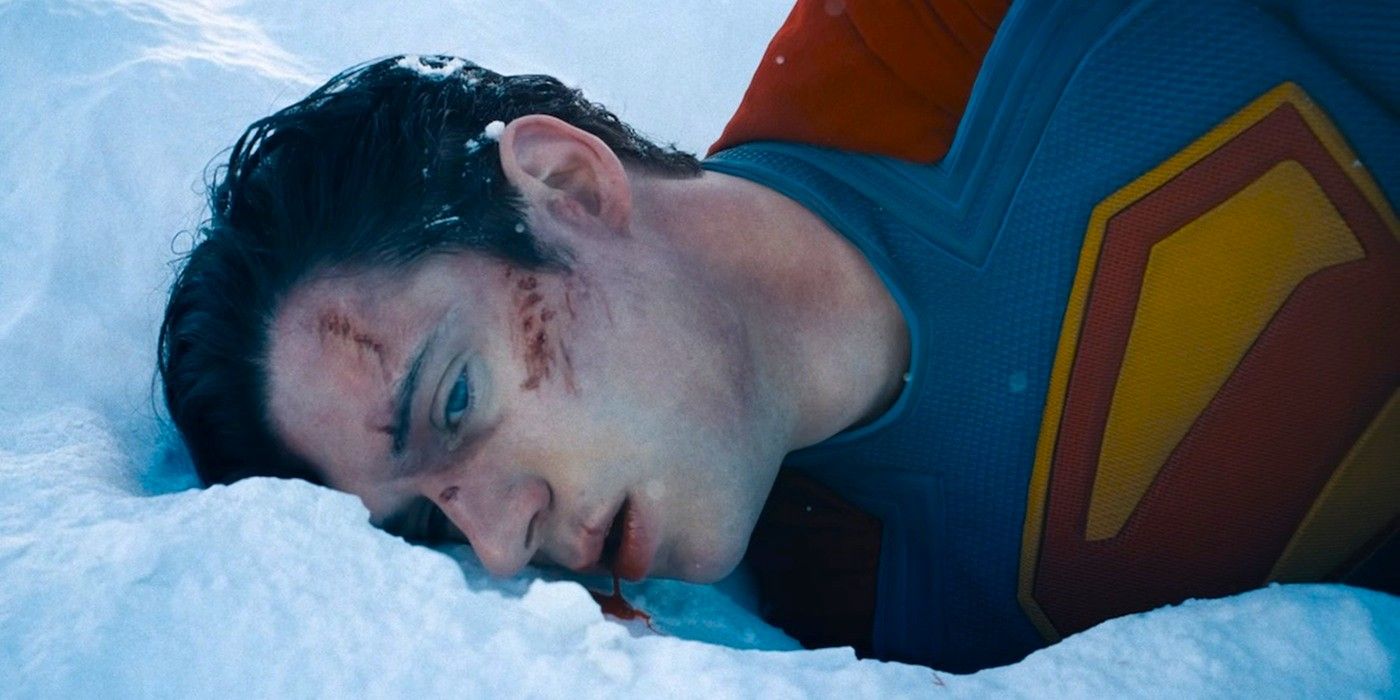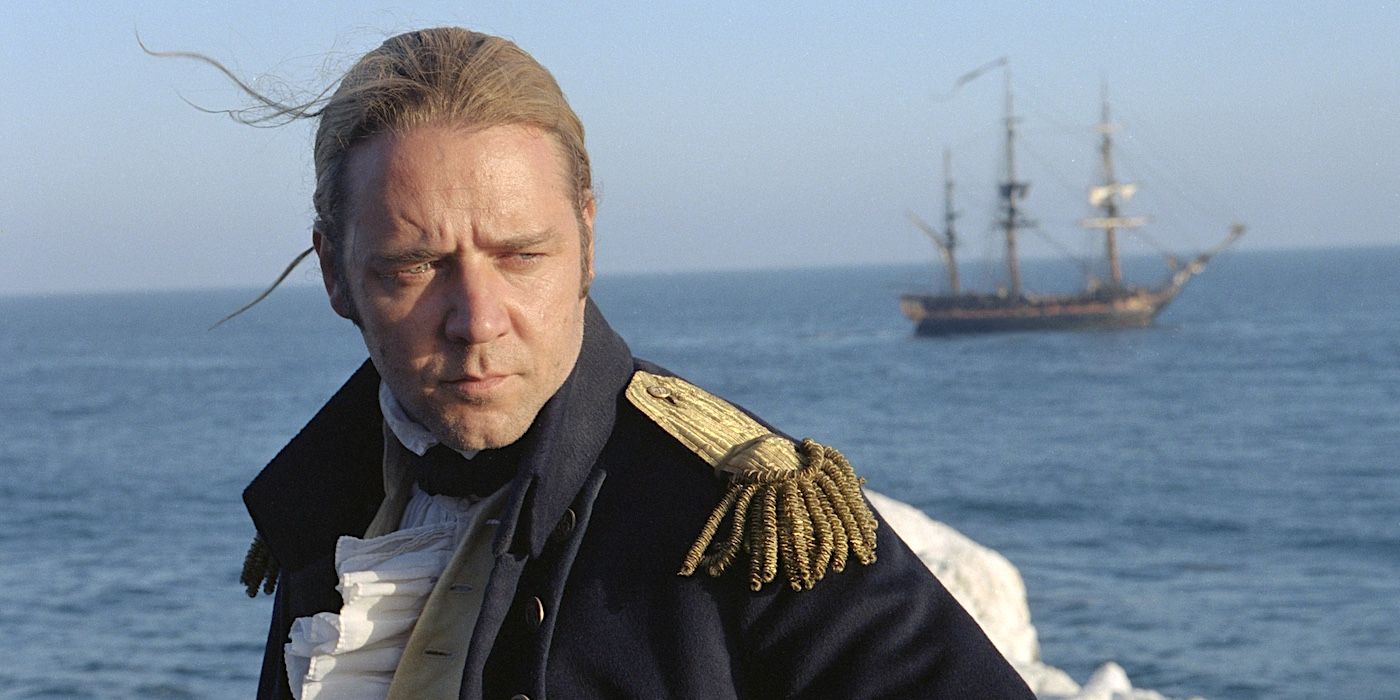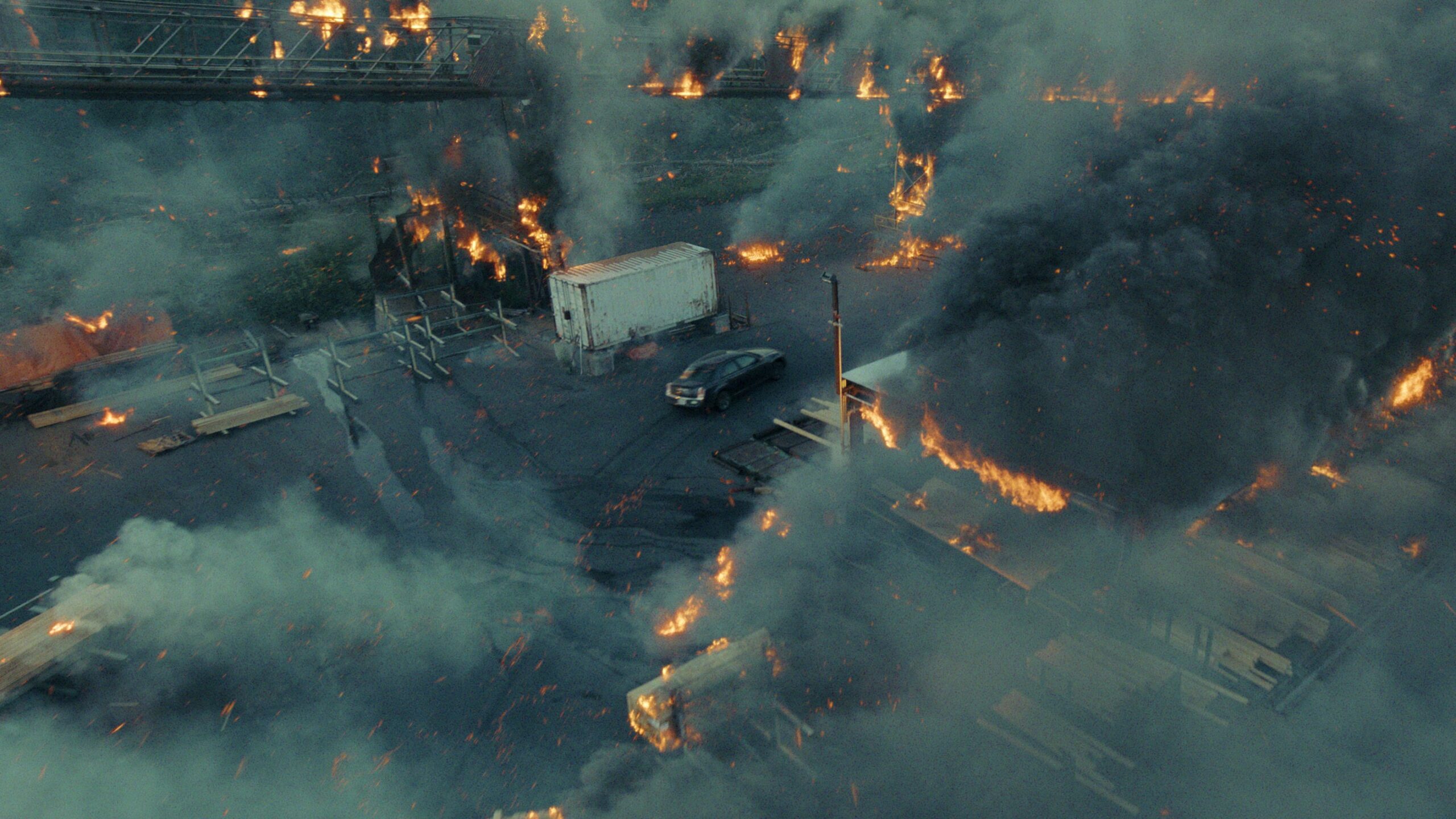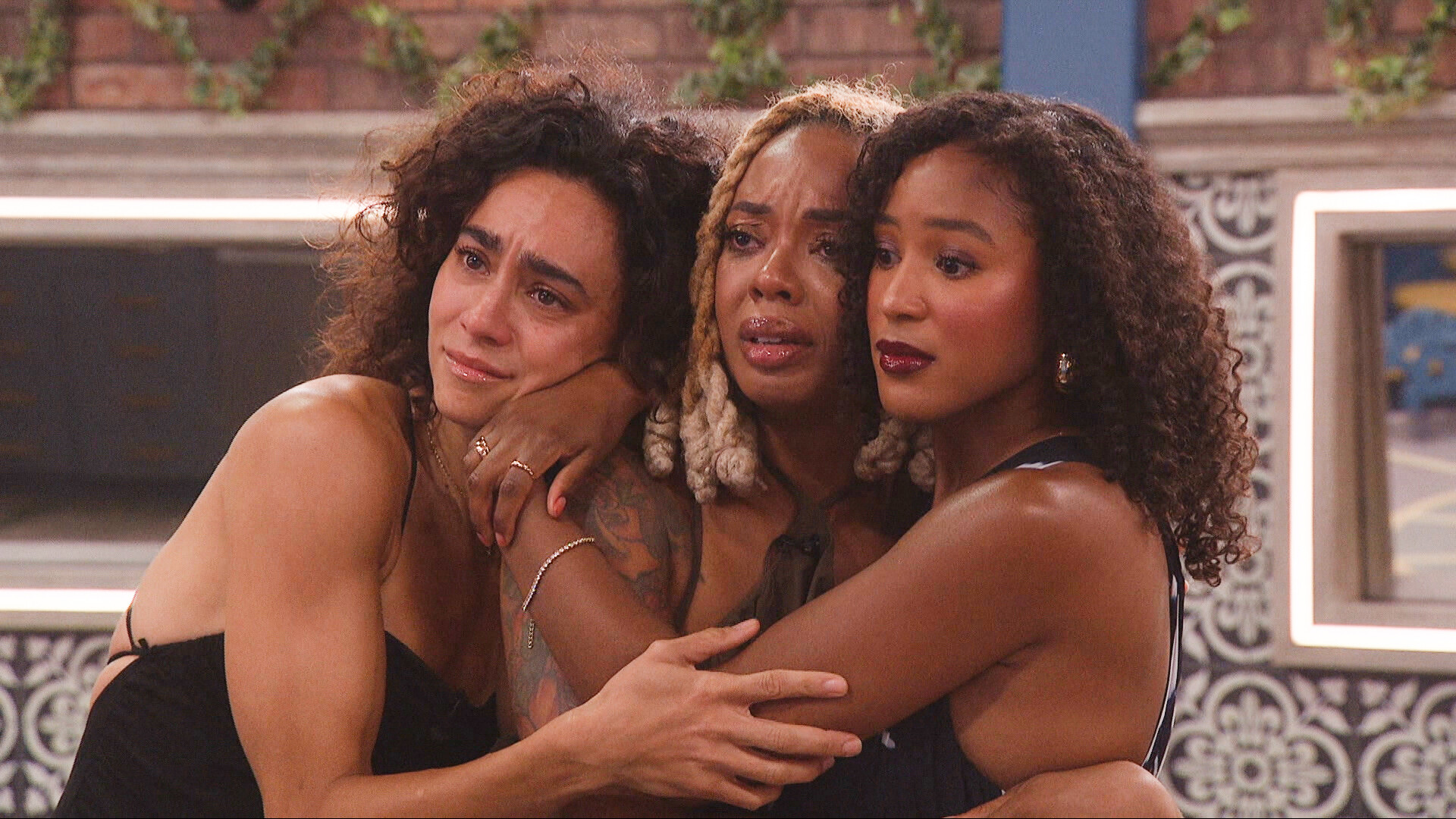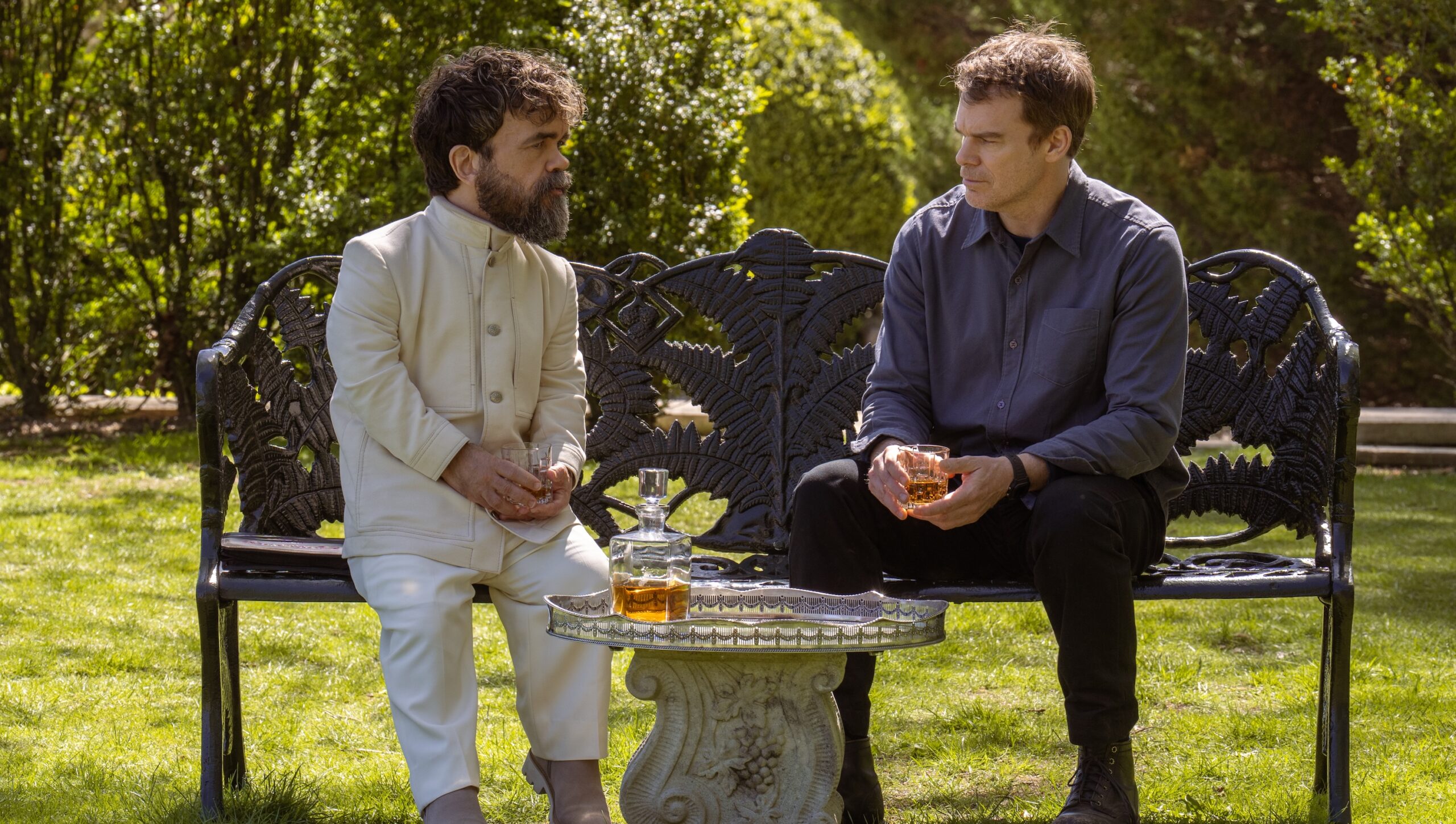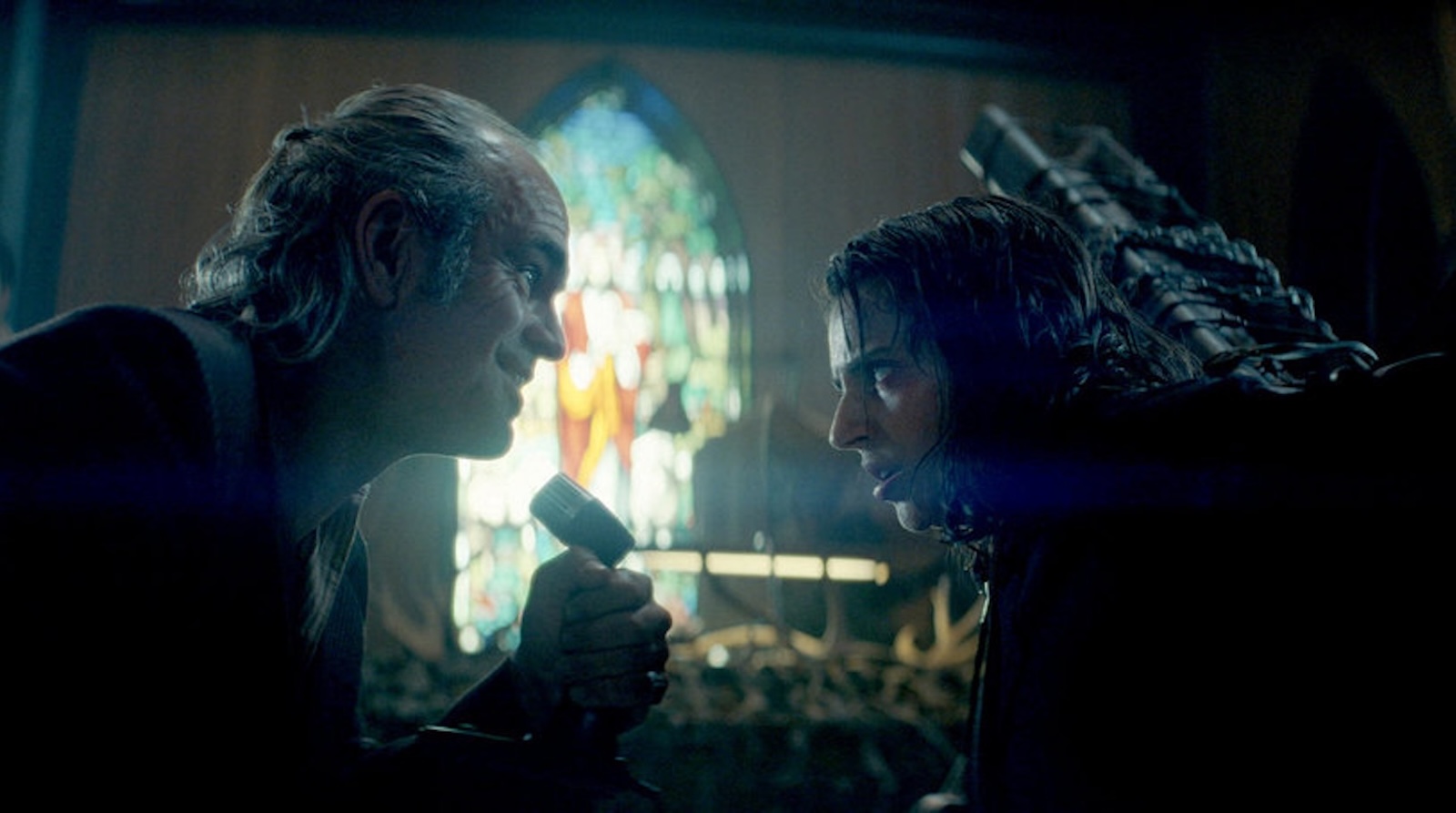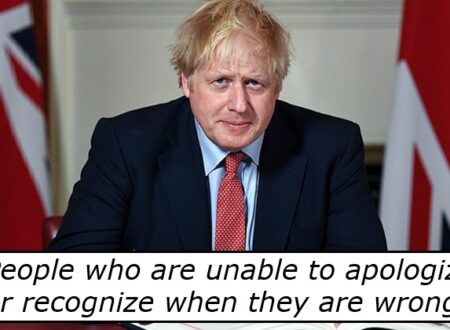Nostalgia is an overrated brand strategy. Here’s what to do instead
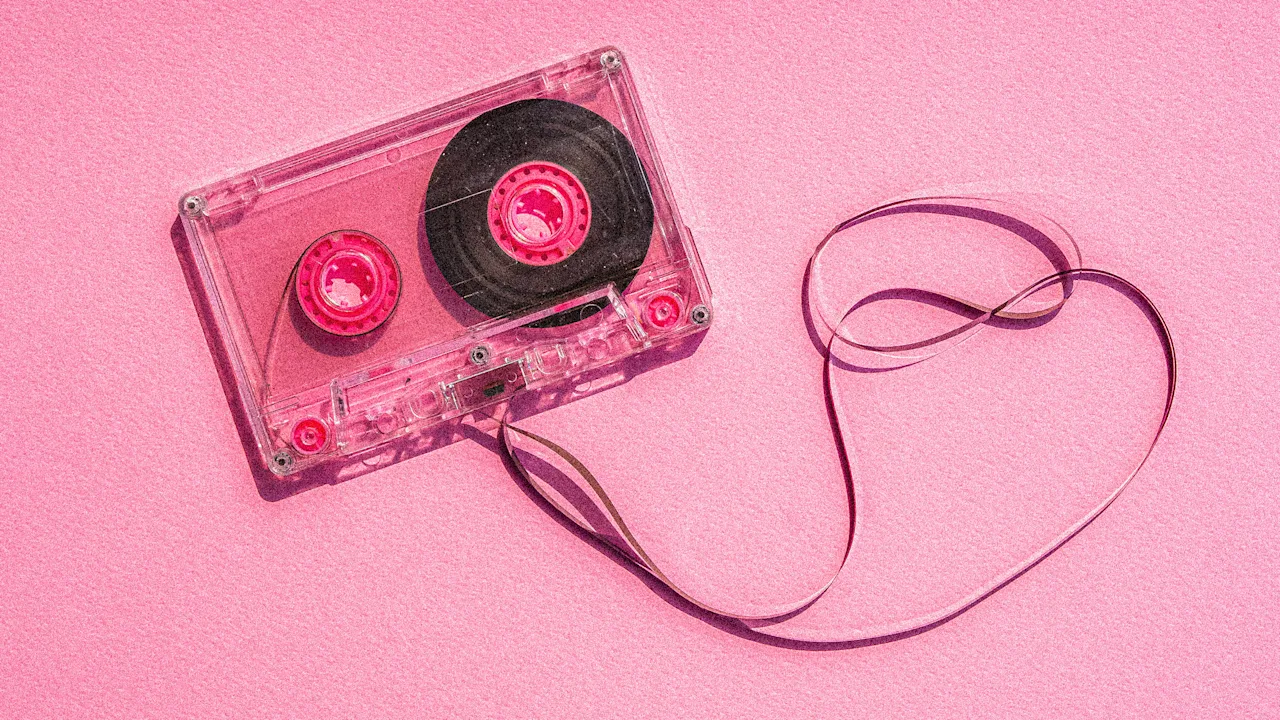
Nostalgia is everywhere in marketing today. Legacy fonts, throwback packaging, retro tech revivals, all deployed with the hope that sentimentality alone can stir emotion and move product.
But here’s the problem: nostalgia is novelty, and novelty, by definition, doesn’t last.
It’s seductive. It gets clicks. It’s emotionally charged, delivering a quick dopamine hit. And let’s be real, it’s easy. But slapping an old label on a can isn’t strategy. When brands engage nostalgia at a surface level, they often do more harm than good.
Take Coca-Cola’s recent Diet Cherry Coke revival. It was cool for a week, but, for me, it lacked any meaningful connection to what the brand has stood for across decades. It missed the opportunity to ask: What did this product mean to people then? What does it mean now? And how could that story be told with modern nuance?
Without that narrative bridge, the move felt shallow. Worse, it overlooked the real power of brand heritage: a blend of familiarity and relevance that creates long-term equity, not fleeting impressions.
Reimagining legacy
This is where “modern heritage” comes in.
It isn’t about retro aesthetics or recycling old logos. It’s a strategic act of excavation, going deep into a brand’s history to uncover what made it resonate in the first place. Sometimes that means literal digging: storage units, eBay listings, forgotten ad reels. The goal isn’t to replicate the past, it’s to retool it for now.
And that’s hard to do well. Plenty of brands stumble when they go too far back or misinterpret their legacy. Like when Kellogg’s Canada revived retro packaging and mascots for a limited edition run of Froot Loops, Frosted Flakes, and other classics. As a ’90s kid, I felt the instant pang of nostalgia. But was there any meaningful connection between the throwback design and the bigger picture world Kellogg’s is building today? Nope. Did it invite consumers on a journey to where it’s heading next? Not really. That’s the trap: when nostalgia leans on a version of the brand that no longer resonates, it creates confusion, not clarity.
The most effective brand work strikes a balance: it leans into familiar cues but evolves them with purpose. It doesn’t just “bring back” old stuff—it makes history useful again.
When we rebranded Sizzler, we didn’t reinvent the wheel. We uncovered what was already there: a family-first spirit; a charming mid-century mascot; buried design cues that still felt unmistakably Sizzler. The goal wasn’t to re-create the past, but to make it feel current. And that’s the key distinction: nostalgia copies. Modern heritage builds.
This approach also brings clarity. It makes creative decisions easier, because there’s a right answer. When you anchor a brand in its authentic legacy, you stop chasing trends. You build with intention, using assets no other brand can replicate because no one else lived that story. Guinness hasn’t changed its harp in over 250 years; it has just evolved it. That’s what timelessness looks like.
The modern heritage playbook
So, in a trend-driven world, how can brands strike the right balance between timeless legacy with modern relevance that cuts through?
One critical aspect of modern heritage is its ability to tell rich, multidimensional, and ever-evolving stories. Where nostalgia leans on artifacts—logos, packaging, ad slogans—modern heritage pulls from narrative. It asks deeper questions. Who were we? Who are we now? What stories still matter?
Here are three principles we use when revitalizing a brand through this lens:
1. Lead with the story, not just the aesthetic
Design is an output, not a starting point. Start with the brand’s origin story. Who has it always been? What has it always stood for? What stories and symbols have mattered most over time? Sometimes those stories are buried. That’s why you go beyond Pinterest boards: into archives, libraries, historical societies, even conversations with long-time employees.
Once the right story is uncovered, design becomes a powerful tool to tell it: visually, verbally, and emotionally.
2. Don’t get stuck in one era. Curate the best of every chapter
Some brands try to plant a flag in a single decade, usually the one marketers think will trend. But being an ‘80s brand or a Y2K brand—often aimed at Gen Z and millennials with a wink and a pixelated smiley face—limits longevity.
Modern heritage takes a more layered approach. It draws from across time, curating the best, most iconic moments to create a flexible identity that doesn’t feel trapped. That allows brands to celebrate the most iconic, lovable parts of their legacy without getting stuck there.
3. Own what only you can own
This is the most important, and most overlooked, point. Your heritage isn’t just a design system; it’s your story and your competitive edge. When used well, your past becomes a brand asset no one else can duplicate. That’s how you stand out: by being undeniably, authentically you.
The power of modern heritage
More than a methodology, though, modern heritage is a mindset—a search for timelessness. One that’s increasingly valuable as brands need to cut through digital clutter, avoid design whiplash, and maintain relevance without losing soul.
For legacy brands hoping to stay relevant, and new brands aiming to build something lasting, the future won’t be found in trendy gradients or meme fonts. It’s in the archives. In the origin stories. In the truths they already own.
What's Your Reaction?
 Like
0
Like
0
 Dislike
0
Dislike
0
 Love
0
Love
0
 Funny
0
Funny
0
 Angry
0
Angry
0
 Sad
0
Sad
0
 Wow
0
Wow
0

